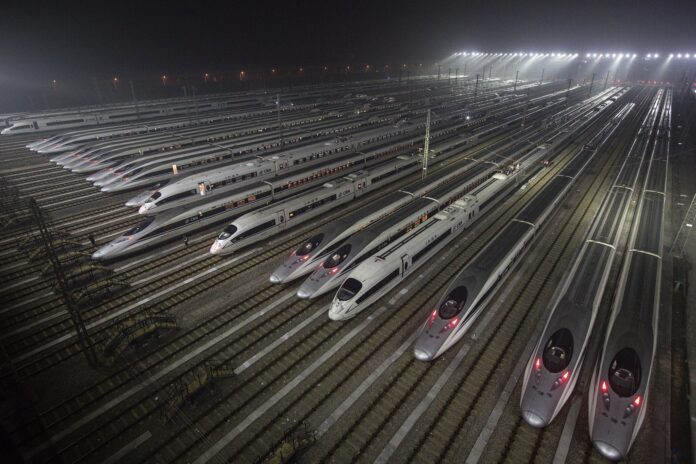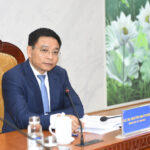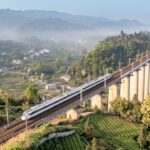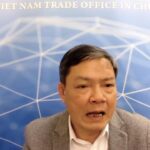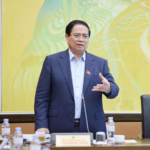Boosting the Economy Through Regional Linkages: Lessons from Japan and China
International experience shows that high-speed rail not only facilitates movement between major cities but also serves as a powerful catalyst for developing or underdeveloped regions.
The Beijing-Shanghai HSR line, which began construction in 2008 and became operational on June 30, 2011, connects populous and economically developed areas such as Beijing-Tianjin-Hebei and the Yangtze River Delta. For the localities that were struggling at that time, the opening of the HSR line not only made travel more convenient for residents but also brought new hopes for economic development.
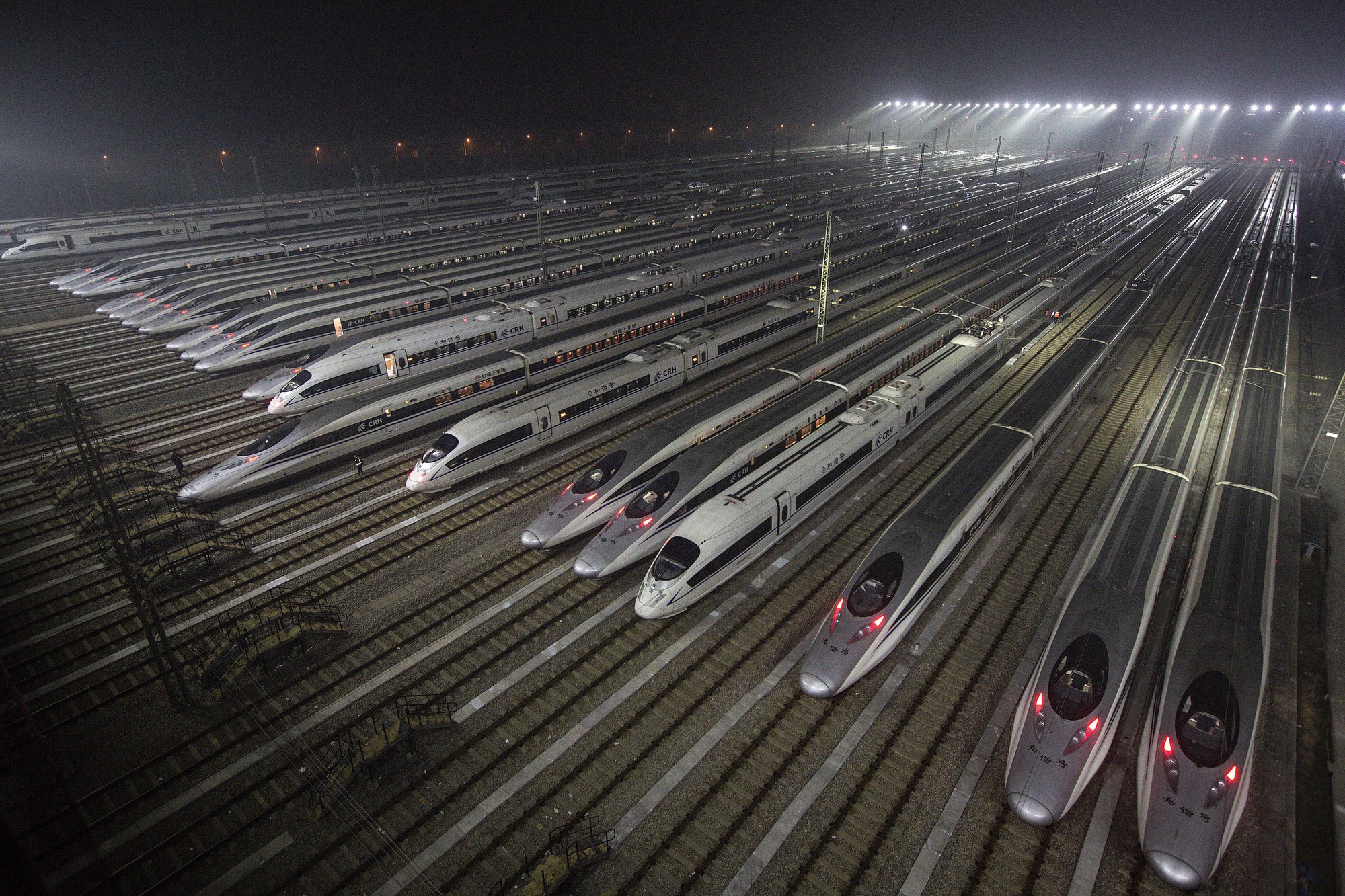
High-speed rail not only reduces travel time but also creates economic corridors, promoting trade and investment.
Hefei, a second-tier city in Anhui Province, China, is one of the localities that benefited greatly from the Beijing-Shanghai HSR line (opened in 2011) as travel time from Hefei to Shanghai was reduced from four hours to just one hour. It is estimated that better regional linkage helped this locality increase its per capita GRDP by 15% during the period of 2008-2015. Also, during this period, tourism increased by 25%, and high-tech investment increased by 20%.
In Japan, Hiroshima, which faced immense difficulties after World War II, transformed itself into the economic center of the Chugoku region thanks to the Shinkansen high-speed rail. The World Bank evaluated that the Sanyo Shinkansen line, connecting Osaka with Hiroshima and Hakata, revitalized declining economic areas such as Hiroshima by improving market access and attracting investment.
Opened in 1972, the 554-kilometer-long line reduced travel time from Hiroshima to Osaka from five hours to one and a half hours. This led to a 30% increase in tourism and a 20% rise in industrial investment in Hiroshima just within a decade after the Sanyo Shinkansen became operational in 1972. Many commercial centers also sprang up around the Shinkansen station in Hiroshima, with real estate prices increasing by 15%, contributing 1% per year to the GRDP of the Chugoku region from 1972 to 1980, according to METI.
High-speed rail not only reduces travel time but also creates economic corridors, promoting trade and investment. Dr. Majo George, a senior lecturer in Supply Chain Management and Logistics at RMIT University Vietnam, stated, “Vietnam can learn from this model to link underdeveloped regions with major economic centers and expand trade with Laos, Cambodia, and China.” With the North-South high-speed rail project, Vietnam has a similar opportunity to turn the localities along the route into new economic growth drivers.
Reducing Travel Time and Costs, Creating a Trans-Vietnam Economic Corridor
The proposed North-South high-speed rail project is over 1,500 kilometers long and is designed to connect Hanoi and Ho Chi Minh City with the provinces along the route, creating a trans-Vietnam economic corridor.
With a speed of 350 km/h, travel time will be reduced from 24 hours to just 5-6 hours, offering a significant advantage over air travel (high cost, 1.5-2 million VND/ticket) and road transport (congestion, high maintenance costs).
Ms. Dao Thuy Van, Deputy General Director of VinSpeed High-Speed Railway Development and Investment Joint Stock Company, the company proposing to participate in the project, shared: “In addition to the convenience and 30-40% cost savings for travelers, the project will also tighten regional connections and create a growth momentum for the balanced development of many localities across the country, not just focusing on the two major cities of Hanoi and Ho Chi Minh City as it is now.”
Dr. Doan Ngoc Khanh, a public policy researcher, evaluated: “Apart from passenger transportation, the high-speed railway will also activate investment in real estate, services, and trade at the stations, transforming them into new urban centers.”
Mr. Le Trung Hieu, a transportation expert, added: “On the proposed route, the line will directly pass through 20 provinces and cities. However, not only these 20 localities but also their neighboring provinces and cities will benefit. The connection of passengers and goods will be stronger and more continuous, creating large and stable flows, thereby generating service profits and conditions for the development of urban and industrial areas, stimulating the GDP growth of Hanoi and the whole country.”
In its proposal, VinSpeed also mentioned that they plan to develop TOD urban areas to generate additional revenue and utilize their experience from projects such as VinFast and Landmark 81 to ensure progress and quality. The company is negotiating with international partners for technology transfer and cooperating with domestic enterprises to synchronously deploy the entire route.
Ms. Dao Thuy Van affirmed: “This is a dedication project that does not prioritize profit but aims to promote the economy and improve people’s lives. We are ready to cooperate with domestic enterprises to build the Vietnamese railway industry.”
The North-South high-speed rail project, with the participation of private enterprises, presents a great opportunity for Vietnam to create a lever to boost the regional economy. With the joint efforts of the state, businesses, and the support of the people, the project is expected to be realized soon, providing an infrastructure foundation for Vietnam’s economy to enter a new era of development.
Samsung Reiterates Tax Refund Proposal to the Ministry of Finance for Samsung HCMC CE Complex in Ho Chi Minh City
Samsung Group is the largest foreign investor in Vietnam, employing approximately 100,000 Vietnamese citizens. The company’s significant presence in the country has had a profound impact on the local economy, creating a ripple effect of opportunities and contributing to the nation’s thriving business landscape. With its cutting-edge technology and innovative spirit, Samsung has not only boosted Vietnam’s economic growth but also played a pivotal role in elevating the country’s reputation as a desirable investment destination.
The US and China’s Policy Changes: Positive and Negative Impacts on Vietnamese Trade
China is Vietnam’s foremost trade partner, its second-largest export market, and the largest source of goods and raw materials. Thus, every policy move by China quickly and significantly impacts Vietnam.
“In Extraordinary Times, Extraordinary Measures Are Needed”
In challenging times, developed nations opt for conservative growth targets. To buck this global trend and achieve ambitious growth, we require innovative solutions. Prime Minister Pham Minh Chinh asserts that “in these extraordinary times, we must adopt extraordinary measures, adapting with agility and efficiency.”


























